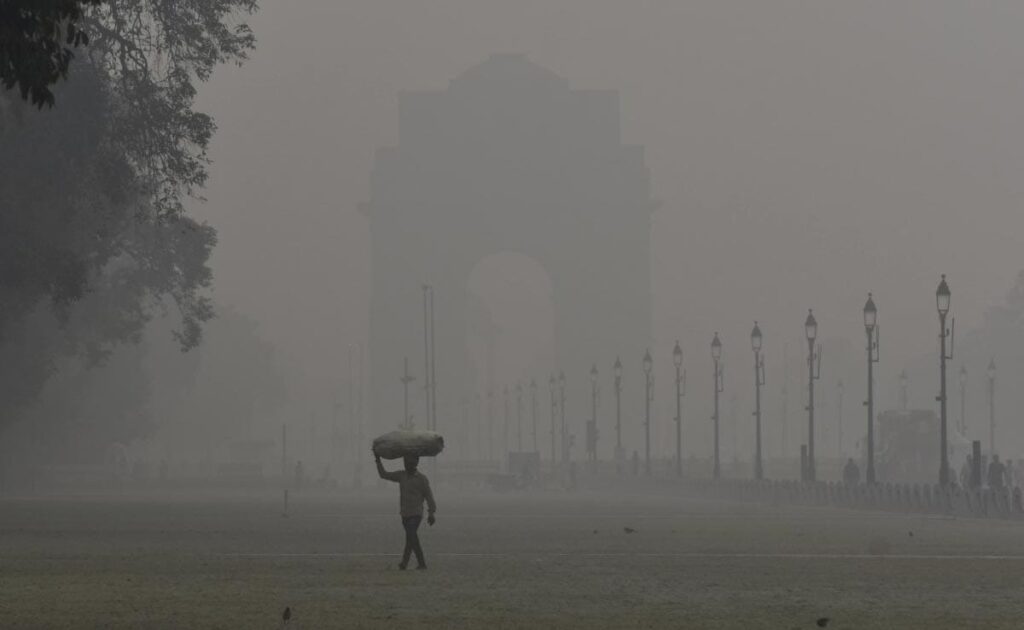
The latest report on global air pollution paints a grim picture, particularly for Asia. In 2023, a staggering 99 out of 100 of the world’s most polluted cities were situated on this continent, highlighting a critical issue that imperils the health of billions.
India takes the lead in this concerning scenario, with a staggering 83 cities breaching air quality guidelines set by the World Health Organization by over tenfold. The culprit? Fine particulate matter known as PM2.5, notorious for its health risks. This microscopic pollutant, originating from sources like fossil fuel combustion and natural phenomena such as dust storms, infiltrates deep into lung tissue upon inhalation, leading to a host of respiratory illnesses and other health complications.
Begusarai, a city in India’s Bihar state, claimed the ignominious title of the world’s most polluted city in 2023, with its PM2.5 levels surpassing WHO guidelines by a staggering 23 times. The situation is dire across the Indian subcontinent, where 96% of the population endures air quality well above acceptable levels.

The gravity of the situation extends beyond India, encompassing Central and South Asia as well. Bangladesh, Pakistan, India, and Tajikistan collectively constitute the four most polluted countries globally, with South Asia harboring 29 of the 30 most polluted cities in the region.
Addressing this crisis necessitates a multifaceted approach, including reforms in energy infrastructure and agricultural practices. However, the challenge looms larger as outdoor pollution sources often overlap with indoor air contaminants, exacerbating health risks.
The impact of air pollution transcends borders, affecting 92.5% of locations analyzed globally. While a handful of countries boast healthy air quality, millions worldwide succumb to air pollution-related ailments annually, underscoring the urgency of action.

The nexus between air pollution and the climate crisis further complicates matters. Alterations in weather patterns exacerbate pollution levels, while escalating wildfires and prolonged pollen seasons compound health risks.
Amidst this bleak scenario, there are glimmers of hope. Communities, NGOs, and scientists worldwide are increasingly rallying for better air quality monitoring, signaling a growing awareness and demand for change. Yet, concerted efforts on a global scale are imperative to mitigate this pressing threat to human health and the environment.

Leave a Reply